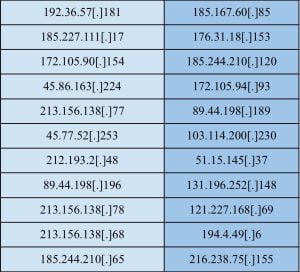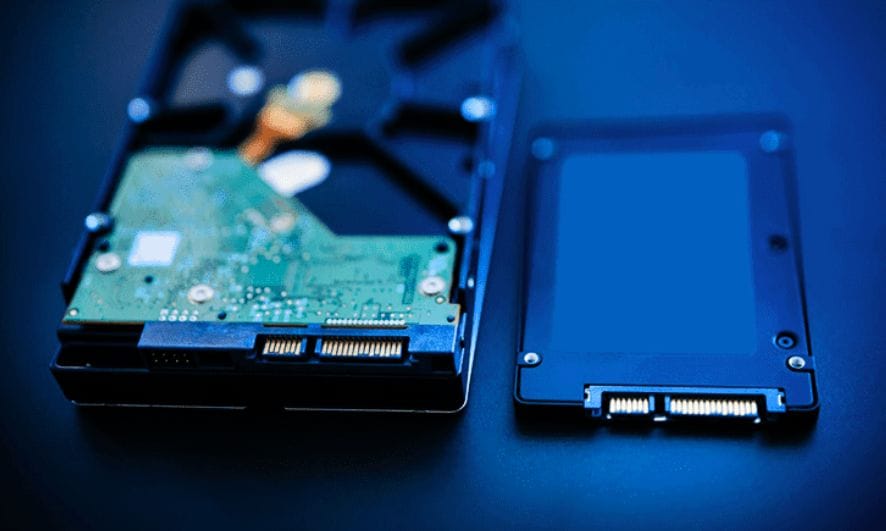ArcaneDoor – New espionage-focused campaign found targeting perimeter network devices
ArcaneDoor is a campaign that is the latest example of state-sponsored actors targeting perimeter network devices from multiple vendors. Coveted by these actors, perimeter network devices are the perfect intrusion point for espionage-focused campaigns.

As a critical path for data into and out of the network, these devices need to be routinely and promptly patched; using up-to-date hardware and software versions and configurations; and be closely monitored from a security perspective. Gaining a foothold on these devices allows an actor to directly pivot into an organization, reroute or modify traffic and monitor network communications. In the past two years, we have seen a dramatic and sustained increase in the targeting of these devices in areas such as telecommunications providers and energy sector organizations — critical infrastructure entities that are likely strategic targets of interest for many foreign governments.
Early in 2024, a vigilant customer reached out to both Cisco’s Product Security Incident Response Team (PSIRT) and Cisco Talos to discuss security concerns with their Cisco Adaptive Security Appliances (ASA). PSIRT and Talos came together to launch an investigation to assist the customer. During that investigation, which eventually included several external intelligence partners and spanned several months, we identified a previously unknown actor now tracked as UAT4356 by Talos and STORM-1849 by the Microsoft Threat Intelligence Center. This actor utilized bespoke tooling that demonstrated a clear focus on espionage and an in-depth knowledge of the devices that they targeted, hallmarks of a sophisticated state-sponsored actor.
UAT4356 deployed two backdoors as components of this campaign, “Line Runner” and “Line Dancer,” which were used collectively to conduct malicious actions on-target, which included configuration modification, reconnaissance, network traffic capture/exfiltration and potentially lateral movement.
Working with victims and intelligence partners, Cisco uncovered a sophisticated attack chain that was used to implant custom malware and execute commands across a small set of customers. While we have been unable to identify the initial attack vector, we have identified two vulnerabilities (CVE-2024-20353 and CVE-2024-20359).
Further, network telemetry and information from intelligence partners indicate the actor is interested in — and potentially attacking — Microsoft Exchange servers and network devices from other vendors. Regardless of your network equipment provider, now is the time to ensure that the devices are properly patched, logging to a central, secure location, and are configured to have strong, multi-factor authentication (MFA). Additional recommendations specific to Cisco are available here.
There are several known indicators of compromise that defenders can look for when assessing whether their ASA device has been compromised as a result of this attack, as outlined earlier in this post. For example, if any gaps in logging or any recent unexpected reboots are observed, this should be treated as suspicious activity that warrants further investigation. Also, below is a list of IP addresses we identified as having been used by UAT4356.

According to Cisco Talos
Recommended to increase security on network devices
- Checking and maintaining the network system periodically, updating the latest patches.
- Backing up important data.
- Monitoring and preparing response situationswhen network devices are attacked.
- Using of high-quality network equipment such as Cisco, BDCOM, Huviron…
- Contact a reputable network maintenance unit like PhucBinh Group








